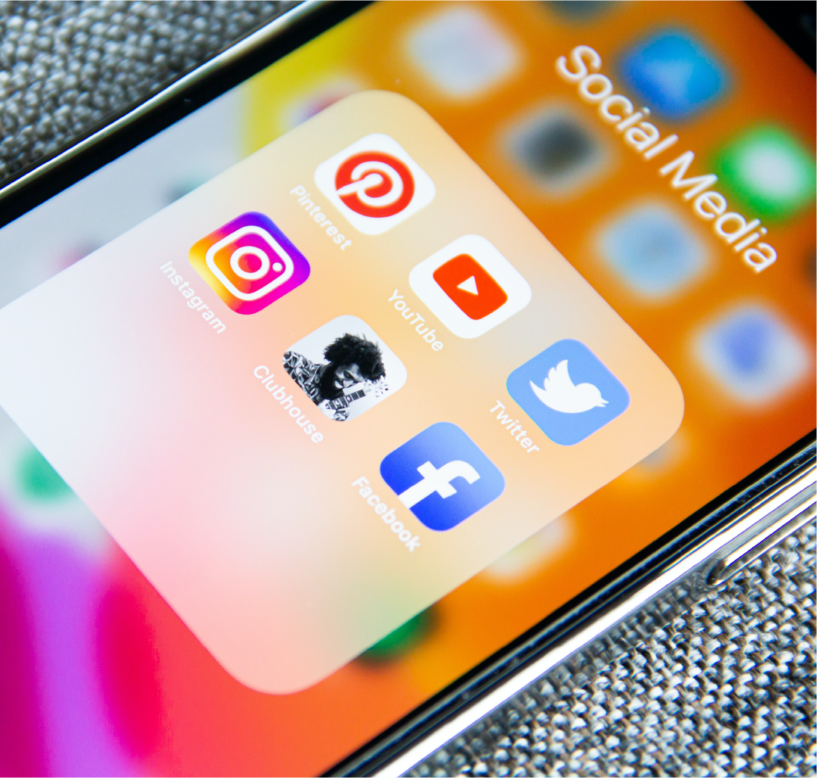Turning browsers into buyers with social media
Being on Facebook is a given these days. Businesses large and small use the platform to reach current and potential customers. Unlike traditional marketing, which tends to be broad and impersonal, Facebook advertising can be personalised and targeted to the individual, making it a powerful conversion tool.
In marketing terms, ‘nurturing’ a customer means staying in touch after initial contact, building a relationship, providing more information and incentives, and encouraging them to buy. This used to be done in person, over the phone, or via email – think, a real estate agent calling you to check on your house-sale plans, or a carpet salesperson emailing you with a deal after you visit their store.
Now that the sales landscape has changed, nurturing can be done through your Facebook business page, with either targeted ads on the platform and elsewhere, or through regular Facebook posts and content updates. It’s about using social media to deliver personalised messages and nudge people to purchase.
Decision-making and buyer uncertainty
Some people pop online, find a product and buy straight away. Others take a bit longer to make a purchase decision. They may need more time to research and shop around for other options, particularly if they’re considering a high-value product or service. They could be looking at different solutions to their problem or mulling over whether they need the product at all.
Depending on the person and the product, a purchase decision can take seconds – or months. Individual customers might visit your Facebook page or website multiple times while they’re in the decision-making process.
That’s where nurturing comes in. If you can see that people are visiting your site and considering a purchase, you can use targeted ads and posts to keep your brand top of mind and – hopefully – push them towards an eventual purchase.
Using Facebook for customer connections
A business Facebook page is quite different from a personal one. You can post content like an individual user, but you can also create ads for your business on the platform. Ads can help draw users to your page, where they can like and follow your business – that way, they’ll see your posts on their pages automatically. If you run a brand awareness campaign elsewhere, you can also include a link to your Facebook page or website with a like button, giving people another way to connect with and follow your business.
The initial ads or posts act as fishhooks for your business. They may grab attention and garner a click-through, a like or a follow, but it often takes a longer campaign to reel them in and get a sale. That’s where nurturing comes in.
Ads and posts form the basis of two nurturing strategies – remarketing and posting.
Reaching out with remarketing
Ever searched for a product, then noticed ads for the brand following you around the internet? That’s remarketing in a nutshell. When users click through to your site from a Facebook ad or reach you from Google or another method, they are targeted with ads on their social media and other sites. It’s a powerful way to reach potential clients, keep your brand front and centre, and eventually get them to purchase your product or service.
It works like this: most websites use cookies to store information about browsers. They don’t store private info like names or locations, just browsing data. This information is used by ad platforms like Google Ads, and ads are set to appear throughout the users’ browsing experience.
Facebook makes remarketing simple. When you set up your business account, you can choose to add a Facebook pixel to your website. This gives you vital information about visitors to your site, letting you target them with remarketing campaigns on Facebook, Instagram, and elsewhere.
Capturing attention with content
A post-based nurturing strategy is slightly less aggressive than a remarketing campaign but can be just as effective. When a Facebook user visits your page and chooses to follow you, you have a golden opportunity to promote your product or service.
Followers see anything you post to your page, so it’s essential to post regularly and provide engaging content. Include promotions, sales, product information, customer reviews, even jokes and memes to show your business personality. It all helps convince undecided customers that they really need your product or service. Frequency matters too – if potential customers click through to see you haven’t posted in months, they may assume your business is no longer active. Posting several times a week is ideal – much more, and people may get sick of seeing your business pop up in their feed.
Increasingly, Facebook is the main point of contact for a business, so it’s also important to deliver on the basics. When you set up your Facebook page, make sure you include profile and cover photos that represent your business, write a concise, informative ‘about’ section and include contact details as well.
Remind, inform, dazzle
Whether you use a remarketing strategy, focus on posting, or a mixture of both, content is key. Don’t assume that simply seeing your brand will be enough to make people purchase.
Whatever the specific strategy, the RID (remind, inform, dazzle) method is a good way to cover your content bases. Remind is simple – straightforward ads and posts keep you in the customer’s mind. Inform involves more details about your product or service through Facebook posts or ads that encourage click-through. Dazzle speaks for itself – it’s about showing people how amazing and unique your product or service is. This might mean gorgeous photos or videos, customer reviews and feedback, or anything else that showcases your business.
It’s about using a range of strategies to reach different types of customer – some may just need a nudge toward your brand, some may be persuaded by hard data and reviews, while others need excitement and emotion to make a decision.
Connect and convert
Unlike traditional advertising, which reaches out to a broad audience in the hope of connecting with some, nurture campaigns target people who have already expressed an interest in your brand. That makes your job easier in some ways – you know that customers want your product or service on some level, you just need to push them to take the next step by showing them how your product can add value to their lives.
It’s a powerful way to grow your brand and boost your bottom line.
Need help with Facebook marketing or running a nurture campaign? Talk to the team at Unleashing Potential now.





